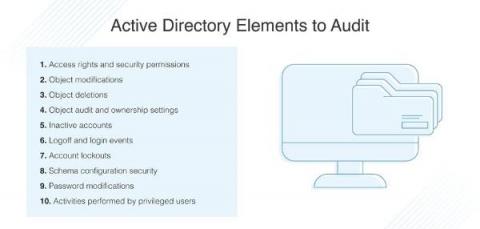SQL Sentry Advisory Conditions Tutorials
As a customer success engineer, I hear directly from customers about what issues they need help solving with SolarWinds SQL Sentry®. This insight first motivated me to create posts for the SQL Sentry Tips & Tricks series, which explains how to get the most out of SQL Sentry. Now, I’d like to create more tutorials about what I consider to be one of the most powerful features in SQL Sentry: Advisory Conditions.











